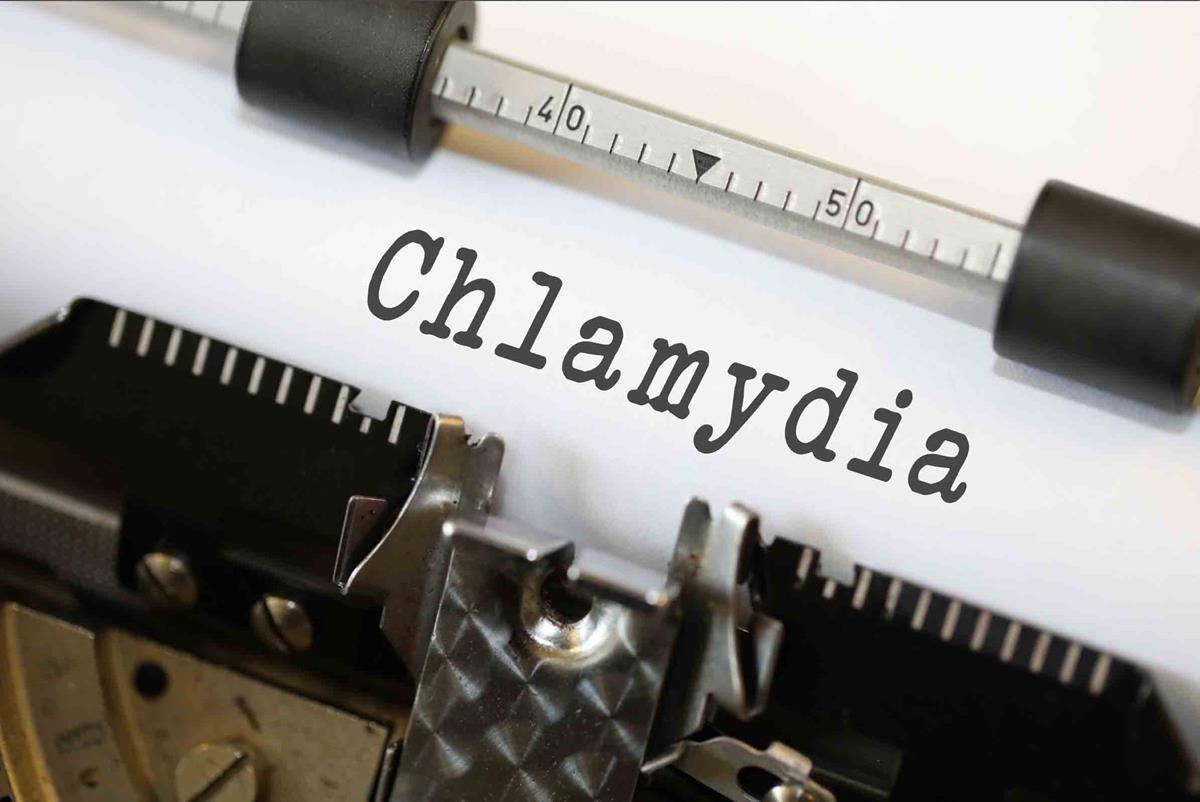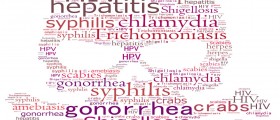Chlamydia is a very common sexually transmitted disease. It can be treated easily with a course of antibiotics, but can also lead to serious complications if the patient isn't aware of the disease. The fact that few people who have been infected with chlamydia notice any symptoms is a compelling reason to get tested regularly. But, what are the symptoms for those who do have them?

The vast majority of women who have chlamydia have no symptoms; 7o to 80 percent. When symptoms do pop up, the most common ones are still vague abdominal complaints that many women can experience as part of their menstrual cycle. These symptoms include heavier periods, abdominal pain, and increased vaginal discharge. More obvious signs of a sexually transmitted disease (in this case chlamydia, but others can cause the same complaints) would be bleeding in between periods, bleeding after intercourse, nausea and painful urination.
Any woman who has these complaints should definitely go to see a doctor they can indicate chlamydia and other sexually transmitted diseases, or a variety of other reproductive problems like ectopic pregnancy. However, a lack of symptoms doesn't mean you are clear. Everyone should ideally get tested for the whole range of STDs regularly once a year, or whenever they have a new partner. People who are in steady relationships and those who use condoms are not automatically exempt!
And their partners should obviously also get tested. Chlamydia can lead to Pelvic Inflammatory Disease, which can permanently damage the pelvic organs, and is a major cause of female infertility and the need for IVF treatment later along the line. But the good news is that chlamydia is quite easily treatable and that most people who catch it soon after being infected have absolutely no long-term consequences from this infection at all.

















Your thoughts on this
Loading...